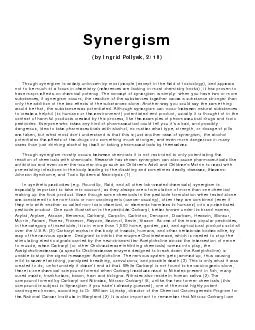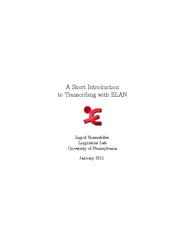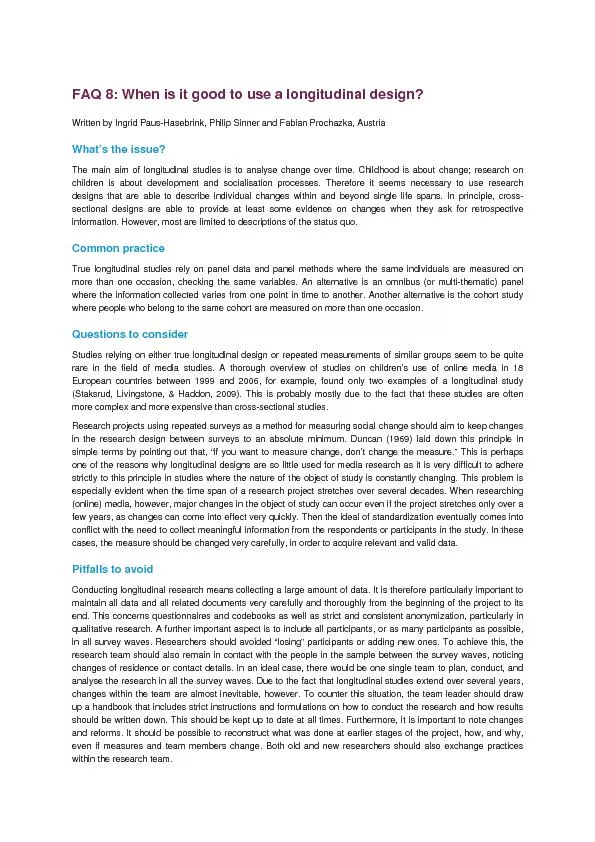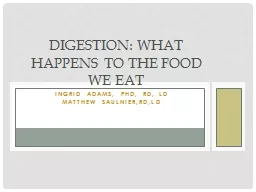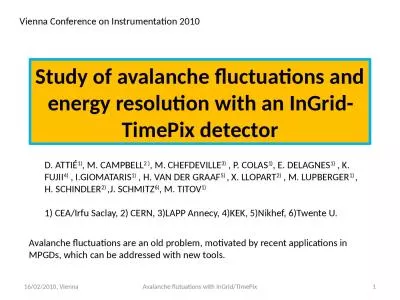PDF-(by Ingrid Pollyak, 2/10)
Author : min-jolicoeur | Published Date : 2015-11-10
Synergis m Though synergism is widely unknown by most people except in the field of toxicology and appears not to be much of a focus in chemistry references are
Presentation Embed Code
Download Presentation
Download Presentation The PPT/PDF document "(by Ingrid Pollyak, 2/10)" is the property of its rightful owner. Permission is granted to download and print the materials on this website for personal, non-commercial use only, and to display it on your personal computer provided you do not modify the materials and that you retain all copyright notices contained in the materials. By downloading content from our website, you accept the terms of this agreement.
(by Ingrid Pollyak, 2/10): Transcript
Download Rules Of Document
"(by Ingrid Pollyak, 2/10)"The content belongs to its owner. You may download and print it for personal use, without modification, and keep all copyright notices. By downloading, you agree to these terms.
Related Documents

